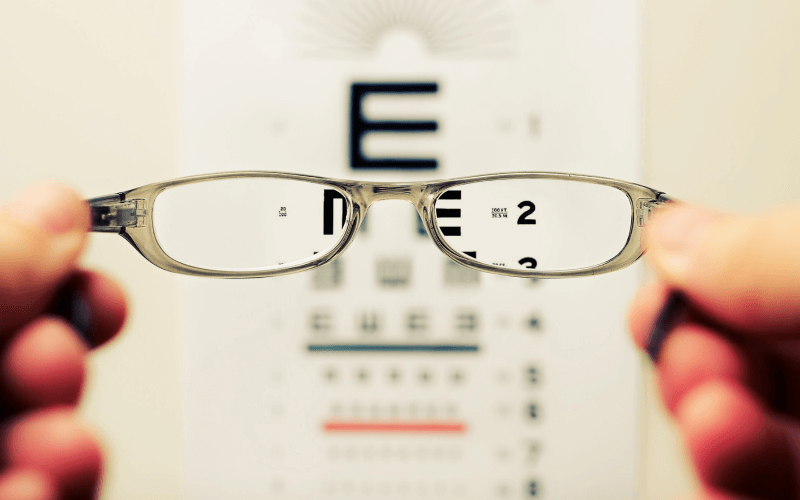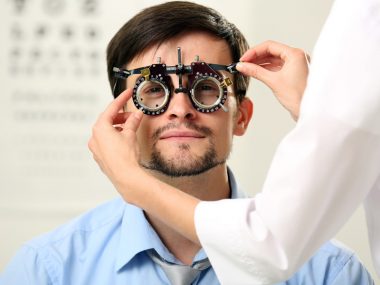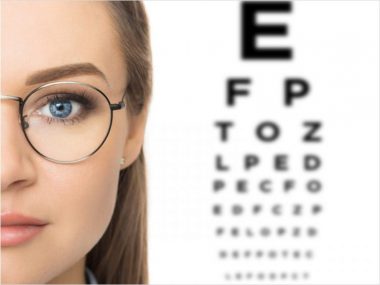The beauty of the world lies in the eye of the beholder!
The legitimacy of this line goes beyond imagination. Hence, visual acuity is more than necessary for better visual perception.
Talking of vision clarity the standard followed by optometrists is 20/20 vision. This is the baseline that doctors refer to while examining the eyes. If your eyesight does not fail, then you have better than 20/20 vision.
As per researches, approximately 35 percent of all adults have 20/20 vision without any corrective surgery, contact lenses, or eyeglasses. On the other hand, less than 1% of people achieve this ‘better than 20/20 vision‘ or 20/10 vision.
This rare level of visual acuity is an interesting anomaly. This will remain mystical until medical science improves to the next level. Hold on guys! We will share every bit of information about this.
What is 20/10 vision?
20/10 is considerably phenomenal due to its visual sharpness. The reason lies within it. To better understand we must consider first what the numbers talk about.
While testing your vision, the first number indicates the standard distance. The second one checks whether you have the clear vision just 10 feet away from the eye(Snellen) chart. For most people this is attainable at 20 feet.
People with this sort of visionary perfection have a 10-foot advantage over those with 20/20. Though this is above-average, but that does mean a person with 20/20 vision has a major eyesight problem.
Eyesight may change over time- it may either improve or can even get worse. Hence, it is essential to take the best care and consult an optometrist periodically for regular eye checkups.
How to find out whether you have 20/10 vision or not?
Optometrist can detect various refractive issues, like astigmatism, hyperopia, myopia, or presbyopia through clinical tests.
- Focusing light on your pupil is another way to test how active your eyes are.
- Movement test determines the performance of eyes in unison. This also track the possibility of any peripheral eye issues.
- Eye pressure test (or “puff-of-air” test), dilated pupillary exam, and slit lamp exam evaluate the level of your eye health. These are some of the most fundamental eye exams that help find out your chances of having 20/10 vision.
Is it possible to achieve 20/10 vision?
Why not?
But have you ever wondered, who would like to have 20/10 vision?
Maybe airline pilots, military officials, professional athletes, and some sports person. Such eyesight helps them to track their target with better clarity from far away.
Now, your question is, is it possible for everyone? If yes, how?
Who wouldn’t love to experience clear vision? So, here we are with all the best options that might guide you for exceptional visionary achievement.
- Medical treatment: Physical injury, macular degeneration, or other communicable and genetic diseases might affect your vision. Advanced medical treatments and application of effective drugs brings great result in rectifying vision error.
- Surgery: Retinal detachment, cataracts, or other eye issues require corrective surgery to improve your eyesight. But everything comes at a cost. People report chronic dry eye or blurry vision post-surgery phase. Despite the fact that photorefractive keratectomy (PRK) and LASIK are much preferred by most people and are pretty effective.
- Exercise: Medical treatment including allopathic medicines, drugs or surgery is always cost-effective. Moreover, these have a greater toll on your eye and overall physical health. Instead, try out the most natural means to achieve 20/10 vision without side effects.
- Blink your eyes: It is the simplest and easiest way to relax your eyes. Blink for half a dozen and take a rest for 15-20 seconds and start another set the same way. Do not overdo it to stress your eyes.
- Roll your eyes: Roll your eyes to make circles in your head. Create a dozen of circles in each direction in one session and not more than that. Focus on the circles to bring the best out of this exercise.
- Side-eye your ways: Shift your eyes sideways, from left to right, and vice-versa. Make your eyeballs reach the upper and lower corner. This physical movement of your eyes keeps them active, thereby improving vision.
What if you can improve your vision naturally without any external aid? Let’s see if it’s possible or not!
How to improve vision?
Taking the best care of your eyes is the only way to improve vision. Be mindful of certain things to ensure your eyes are in a better state. Here, are some vital points to consider:
- Treat dry eye issues when you start experiencing foggy or blurry vision. This happens due to the lack of moisture in your eyes. Consult your doctor immediately without delay.
- Keep your eyes protected from harmful UV radiation by wearing sunglasses every time you step out in the sun.
- Good nutrition is the key to better eye health. Intake antioxidant-rich food like green leafy veggies to support the clear and sharp vision. Also, add vitamins that are important for your eyes in your diet for improved vision.
Is it necessary to wear glasses or use contacts for 20/10 vision?
Practically, there’s no need of wearing glasses or contact lenses if you have already achieved 20/10 vision. But age-related vision disorientation may affect your eyesight after your 40s, and you may need reading glasses.
Wrapping up!
Good Eyesight is possibly one of the most precious assets of human beings, and safeguarding it is the main priority. It’s vital to maintain visual clarity for a happy and productive life. Seeking 20/10 vision is nothing wrong, but it is easy to achieve for all. Consider the necessity and feasibility of your goal before you decide to improve your vision up to 20/10 standard.







